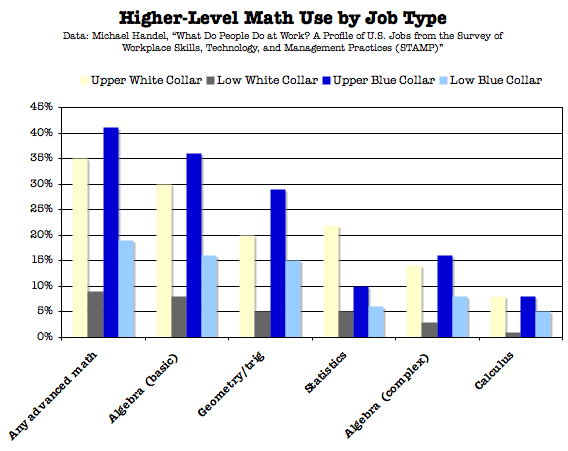Hi Relative Advantages Combustion Abatement Technologies:
But Is It A Solution to Replace Wet Scrubbing?
Where Does The Future Lie?
In LED manufacturing, the extraction, safe handling and disposal of gases from metal organic chemical vapor deposition (MOCVD) processes significantly contribute to manufacturing CO2.
The conventional approach to exhaust gas management uses a wet scrubbing technology that adds significant costs to the manufacturing process in terms of energy use, water consumption and treatment.
Combustion-based abatement offers an attractive alternative to wet scrubbing. This article will compare the relative advantages of wet scrubbing and combustion abatement technologies, including capital and operating costs, environmental impact and safety considerations for the GaN MOCVD process used to produce approximately 90 percent of the HBLEDs manufactured today.
The wet scrubbing technology typically used in the GaN MOCVD process essentially bubbles the gases through a tub of water where they are absorbed. This process, however, does not remove hydrogen, which is the most common waste gas produced in the MOCVD process. While hydrogen emissions are not regulated, allowing the gas to be vented directly into the atmosphere, there is a slight, but potential danger that static electricity could ignite the hydrogen during the abatement process, causing an explosion and fire.
The second most common gas produced as a by-product of the MOCVD process is ammonia. While water scrubbing can eliminate this gas, there is a danger when hard water (water containing calcium or magnesium salts) is used that the ammonia will react with the salts in the water producing ammonia solids.
Hard water occurs in many parts of the world and if present will react with dissolved ammonia to form insoluble ammonia salts. These ammonia solids tend to clog the bath, re-circulation pump and drain pipes, requiring them to be cleaned every month or two, during which time the MOCVD tools are idle, reducing productivity and increasing tool cost of ownership.
Combustion-based abatement technology, such as that used in solves both these problems by burning the exhaust gases in a controlled way. Not only does this approach eliminate the hydrogen safety issue and the maintenance problem caused by ammonia solids, it offers significant reductions in operating costs compared to wet scrubber technology.
Since all exhaust gases are flammable, combustion-based abatement technology uses the gases themselves to fuel the reaction. The only outside energy required is that to operate a small pilot light, similar to the ones used in home gas furnaces or stoves. As a result, the energy needed to run the system is minimal, an order of magnitude less than that required to operate a wet-scrubbing abatement system.
In addition, the combustion-based technology is air cooled, with the air flow being generated by the house extraction system. This air-cooled design ensures that combustion by-products are efficiently transported from the system to the factory central scrubber or dust filter. An air-cooled system eliminates many of the fixed and operating costs associated with a wet process, including the cost of the water itself, the capital and operating costs associated with water pumps, the energy to run them and water treatment costs.
Air cooled combustion-based abatement systems are also much simpler in design and have fewer moving parts than water-scrubbing systems. As a result, maintenance requirements are significantly reduced, as are maintenance times and spares inventory, all of which add up to a much lower CO2 per process tool per year, even if the capital costs of the two types of systems are roughly equivalent.
An additional benefit of system simplification is a smaller footprint. A combustion-based abatement system may occupy a space as little as 1.8 x 1.2 x 0.75 meters, as compared to a water scrubbing system, which may occupy 2.0 x 1.0 x 1.0 meters, yet treat only a quarter of the gas flow.
When burning ammonia in a combustion-based abatement system, there is always the danger of creating NOx emissions, which are strictly regulated in most regions of the world. Abatement system should avoid this danger by using a proprietary process that carefully controls the oxidation of the gases being burned to minimize NOx emissions. This system It has successfully passed TUV tests in Europe.
Abatement systems are favourably & specifically designed to provide reliable, high performance, low-cost abatement of hazardous exhaust gases from MOCVD processes that use large flows of hydrogen and ammonia.
They should offer up to four process inlets and a very large gas handling capacity. Typical gas loading for a system is 300 liters of hydrogen and 200 liters of ammonia per minute, which equates roughly to the exhaust output of two to three process tools. Operating costs per process tool per year are approximately averaging €317 as compared to €6800 for a typical wet scrubbing system.
In addition to the benefits of combustion-based exhaust systems in terms of safety, lower CO2 and reduced environmental concerns, combustion-based abatement technology has a well-established track record for reliability.
Hundreds of combustion-based exhaust abatement systems are deployed at a variety of companies in the flat panel and solar cell industries and they are currently experiencing a high rate of adoption by leading LED manufacturers worldwide. The efficiency of the gas treatment process has been field-tested and meets the most stringent air emission regulations in Europe, the United States and Asia.
Conclusion;
One highly effective way to reduce LED manufacturing costs involves switching from wet scrubber exhaust abatement systems to combustion-based abatement technology, which removes hydrogen and offers greatly reduced operating costs compared to wet-scrubber systems.
Their large input flow capability eliminates capacity constraints and helps minimize capital expenditure, while using the exhaust gases as the main fuel in the abatement process minimizes energy expenditures.
Since they are air cooled, system design is simplified and incorporates few moving parts. As a result, energy and water consumption, spare parts inventory and maintenance requirements are all reduced.
In addition to helping to reduce overall manufacturing CO2, combustion-based abatement systems eliminate the two major problems associated with wet scrubber systems. The first is the build-up of ammonia solids in the abatement system, an abatement by-product that increases manufacturing CO2 and reduces process tool productivity.
The second is the elimination of the safety concerns associated with hydrogen exhaust. Combustion-based exhaust abatement systems, with their ability to deliver both superior abatement performance and lower operating costs, clearly offer LED manufacturers a potent advantage in bringing competitively priced products to market.

.jpg)
.jpg)
.jpg)
.jpg)
.jpg)


.jpg)
.jpg)

.jpg)
.jpg)
.jpg)

.jpg)
.jpg)

.jpg)
.jpg)




.jpg)








